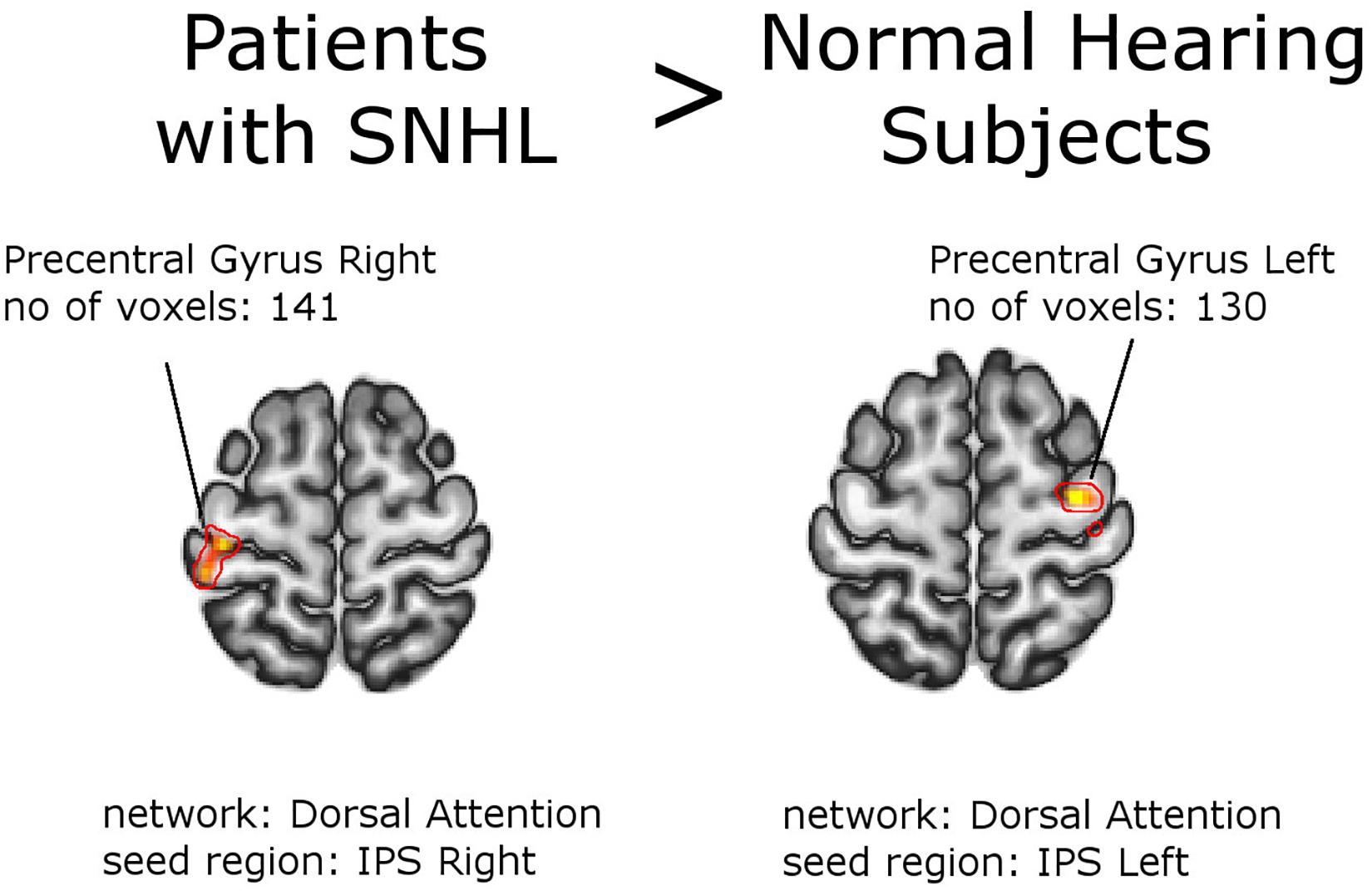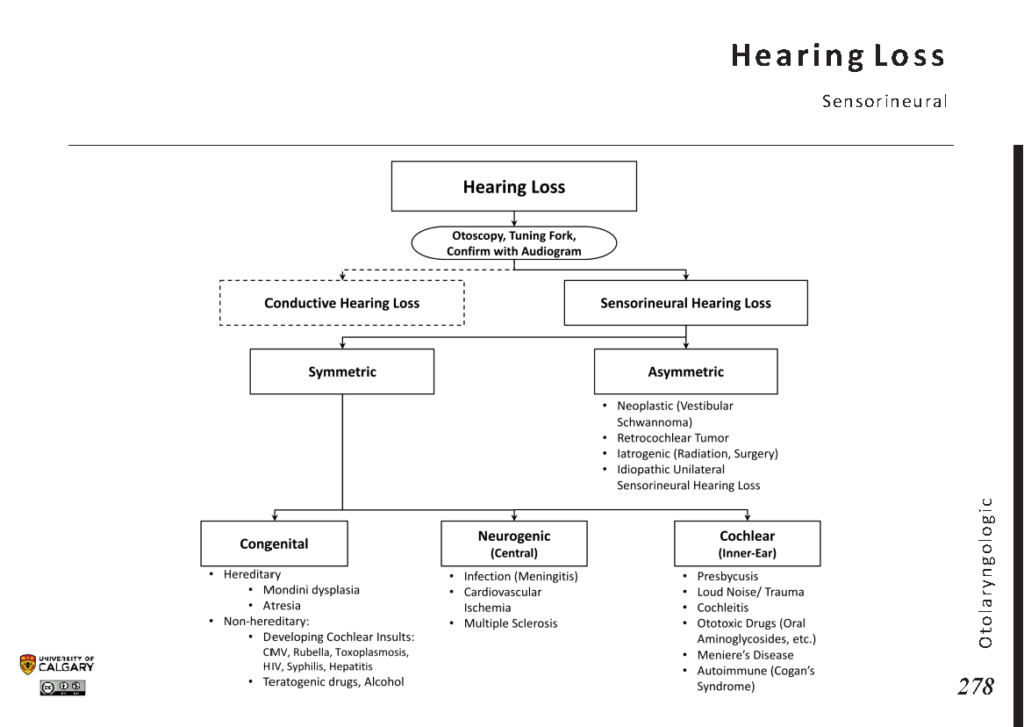Sensorineural hearing loss, often abbreviated as SNHL, is one of the most common types of hearing impairments. It occurs when there is damage to the inner ear or the auditory nerve pathways that connect the ear to the brain. This condition can significantly affect a person’s ability to hear and communicate effectively. In this article, we will explore the causes, symptoms, and treatments for sensorineural hearing loss in detail.

Understanding Sensorineural Hearing Loss
Sensorineural hearing loss is characterized by damage to the delicate structures within the inner ear or the auditory nerve itself. Unlike conductive hearing loss, which involves problems in the outer or middle ear, this type of hearing loss affects how sound is processed and transmitted to the brain. As a result, individuals with this condition may struggle to hear faint sounds, distinguish speech from background noise, or perceive certain frequencies.
How Does Sensorineural Hearing Loss Occur?
The inner ear contains tiny hair cells that are responsible for converting sound waves into electrical signals. These signals are then sent to the brain via the auditory nerve. When these hair cells or the nerve pathways are damaged, the transmission of sound becomes impaired. This damage is often permanent, as the body cannot regenerate these specialized cells.
Causes of Sensorineural Hearing Loss
There are numerous factors that can contribute to the development of sensorineural hearing loss. Understanding these causes is essential for prevention and early intervention.
Age-Related Factors
One of the most common causes of sensorineural hearing loss is aging. As people grow older, the hair cells in the inner ear naturally deteriorate. This age-related hearing loss, also known as presbycusis, typically begins after the age of 60 and progresses gradually over time. It usually affects both ears equally and makes it difficult to hear high-pitched sounds.
Noise Exposure
Prolonged exposure to loud noises is another leading cause of sensorineural hearing loss. Whether it’s due to occupational hazards, such as working in construction or manufacturing, or recreational activities like attending concerts or using headphones at high volumes, excessive noise can permanently damage the hair cells in the inner ear. Even short-term exposure to extremely loud sounds, such as explosions, can result in immediate and irreversible hearing loss.
Genetic Factors
Some individuals are predisposed to sensorineural hearing loss due to genetic factors. Hereditary conditions can affect the development or function of the inner ear, leading to hearing impairment from birth or later in life. Genetic testing may help identify these risks in certain cases.
Infections and Diseases
- Viral Infections: Certain viral infections, such as measles, mumps, and meningitis, can damage the inner ear and lead to hearing loss.
- Bacterial Infections: Untreated ear infections or complications from illnesses like syphilis can also result in sensorineural hearing loss.
- Autoimmune Disorders: Conditions where the immune system mistakenly attacks the body’s own tissues, including those in the inner ear, can cause this type of hearing impairment.
Medications and Chemicals
Some medications and chemicals are ototoxic, meaning they have the potential to harm the auditory system. Common examples include certain antibiotics, chemotherapy drugs, and diuretics. Prolonged use or high doses of these substances can damage the hair cells in the inner ear, resulting in hearing loss.
Head Trauma
Injuries to the head or ear area can disrupt the auditory pathways, leading to sensorineural hearing loss. This might occur as a result of accidents, falls, or sports-related injuries. Even minor trauma can sometimes have lasting effects on hearing ability.
Tumors
Growth of tumors, such as acoustic neuromas, along the auditory nerve can interfere with sound transmission. These noncancerous growths can press on the nerve, causing progressive hearing loss and other symptoms like tinnitus or balance issues.
Symptoms of Sensorineural Hearing Loss
The symptoms of sensorineural hearing loss vary depending on the severity and underlying cause of the condition. Recognizing these signs early can help individuals seek appropriate treatment and support.
Difficulty Understanding Speech
One of the hallmark symptoms of sensorineural hearing loss is difficulty understanding spoken words, especially in noisy environments. Individuals may find themselves asking others to repeat themselves frequently or turning up the volume on electronic devices.
Muffled Sounds
People with this condition often describe sounds as being muffled or unclear. They may struggle to differentiate between similar-sounding words or miss parts of conversations entirely.
Tinnitus
Tinnitus, or ringing in the ears, is a common symptom associated with sensorineural hearing loss. The persistent noise can range from a soft hum to a loud buzz and may worsen in quiet settings.
Dizziness and Balance Issues
In some cases, damage to the inner ear can also affect balance. Individuals may experience dizziness, vertigo, or unsteadiness while walking or standing.
Hearing Loss in Specific Frequencies
Sensorineural hearing loss often affects specific frequency ranges, particularly higher pitches. For example, someone might be able to hear low-pitched voices clearly but struggle to understand high-pitched consonants like “s” or “f.”
Treatments for Sensorineural Hearing Loss
While sensorineural hearing loss is typically permanent, several treatment options are available to help manage the condition and improve quality of life.
Hearing Aids
Hearing aids are among the most widely used solutions for sensorineural hearing loss. These devices amplify sound, making it easier for individuals to hear and understand speech. Modern hearing aids come in various styles and offer advanced features like Bluetooth connectivity and directional microphones.
Cochlear Implants
For individuals with severe to profound hearing loss who do not benefit from hearing aids, cochlear implants may be an option. These surgically implanted devices bypass damaged parts of the inner ear and directly stimulate the auditory nerve. Cochlear implants require extensive rehabilitation and training to adapt to the new way of processing sound.
Auditory Training and Rehabilitation
Auditory training programs focus on improving listening skills and helping individuals adjust to their hearing devices. Speech therapy and lip-reading classes can also enhance communication abilities for those with significant hearing loss.
Medications and Supplements
In cases where sensorineural hearing loss is linked to inflammation or autoimmune disorders, medications such as corticosteroids may be prescribed to reduce swelling and preserve remaining hearing. Additionally, some studies suggest that supplements like antioxidants and vitamins may help protect the inner ear from further damage.
Protective Measures
Preventing further damage is crucial for managing sensorineural hearing loss. Wearing ear protection in noisy environments, avoiding ototoxic substances, and maintaining overall health can slow the progression of the condition.
Assistive Listening Devices
Beyond hearing aids and implants, assistive listening devices can provide additional support. Examples include amplified telephones, personal FM systems, and captioned phones, all designed to make communication more accessible.
Emerging Technologies
Advancements in technology continue to offer hope for individuals with sensorineural hearing loss. Researchers are exploring gene therapies, stem cell treatments, and regenerative medicine as potential future solutions for restoring hearing function.





